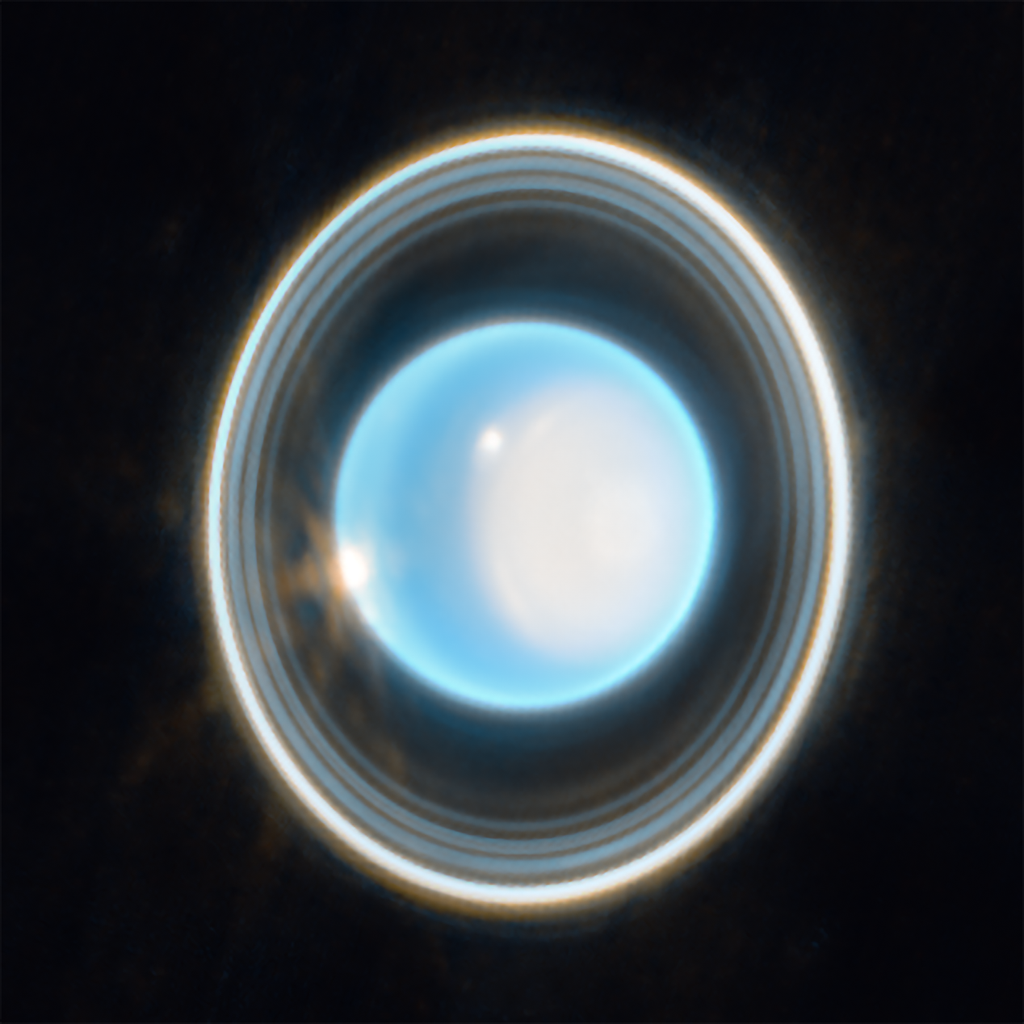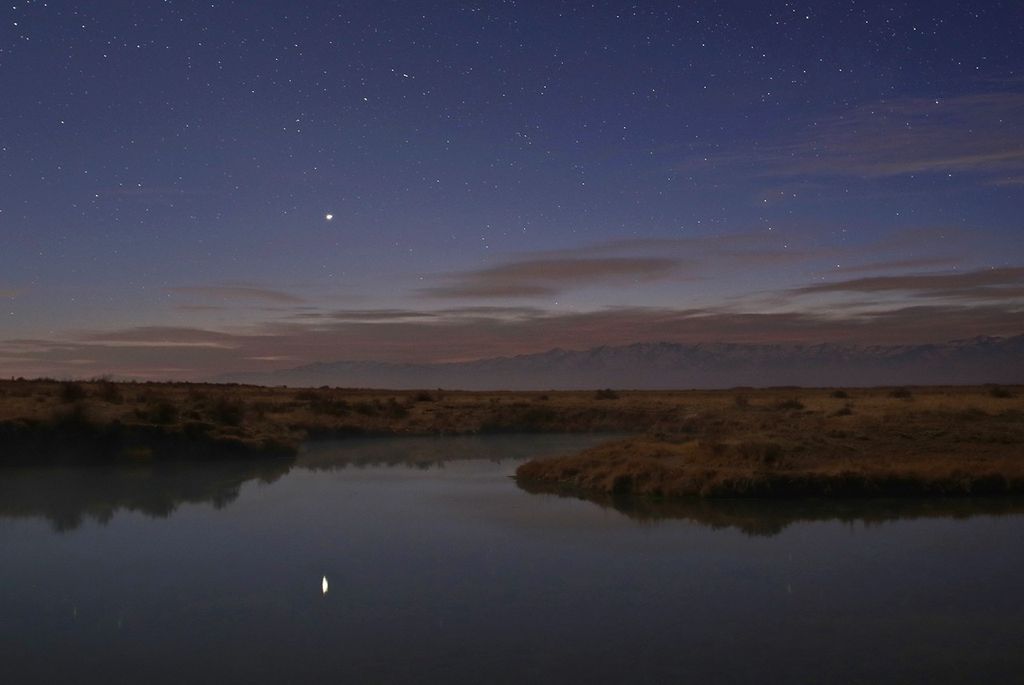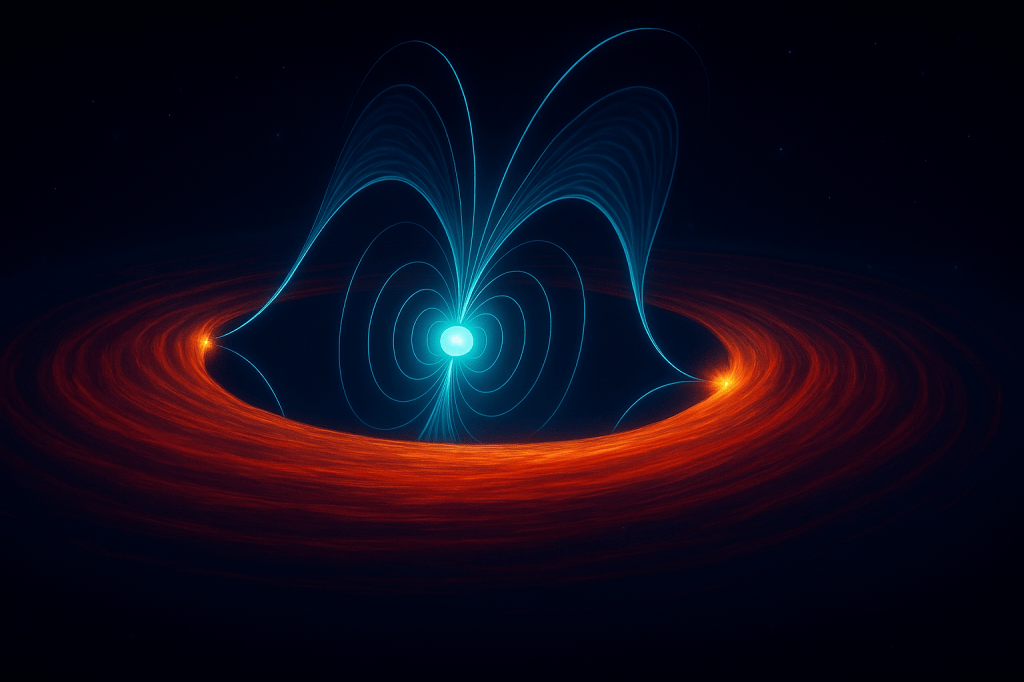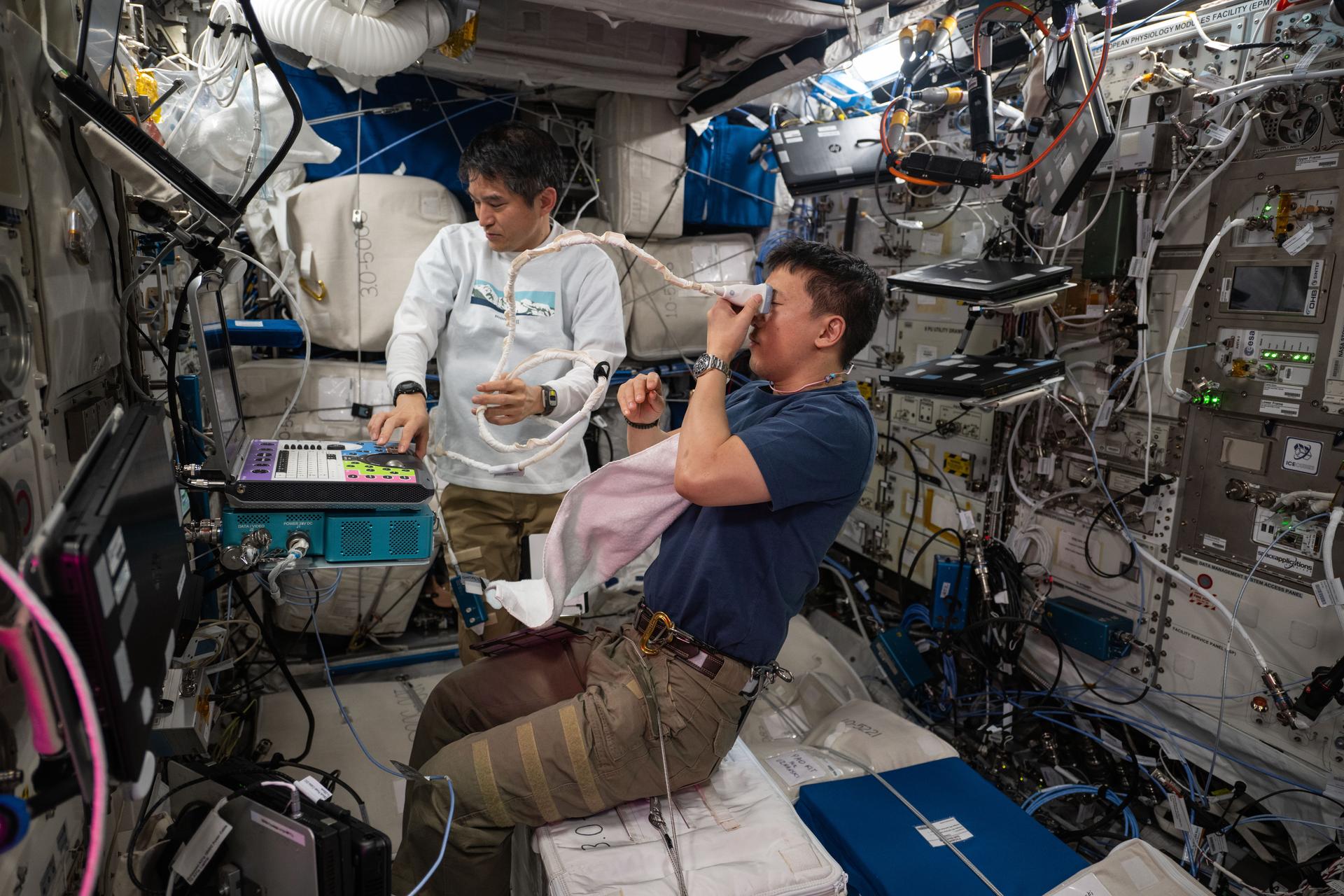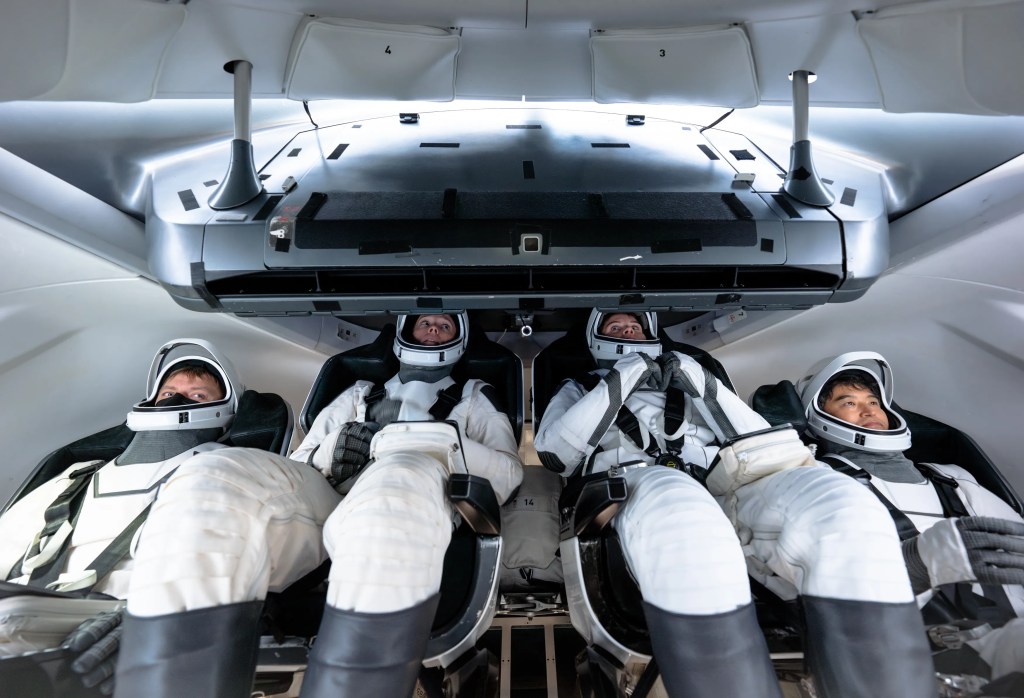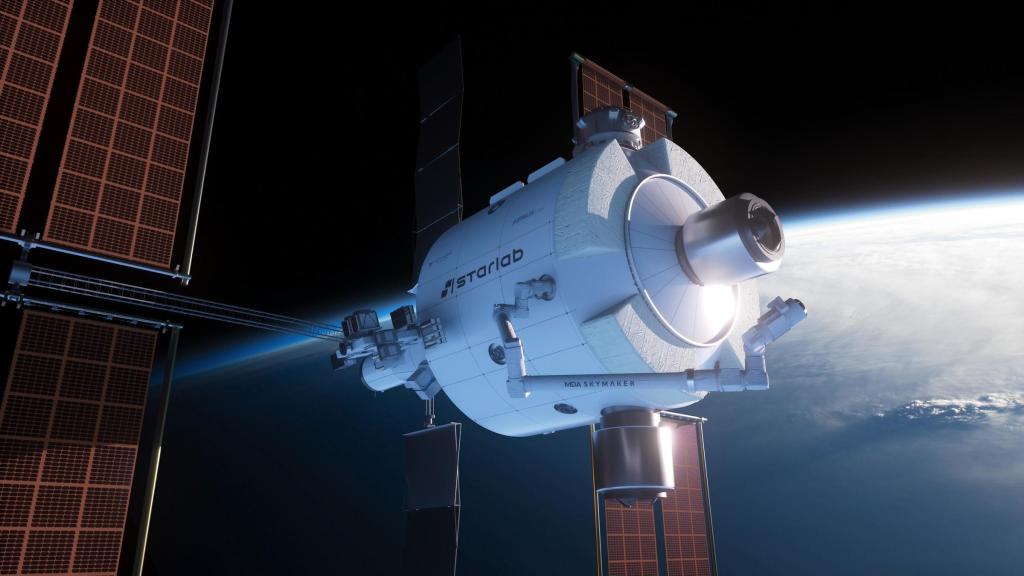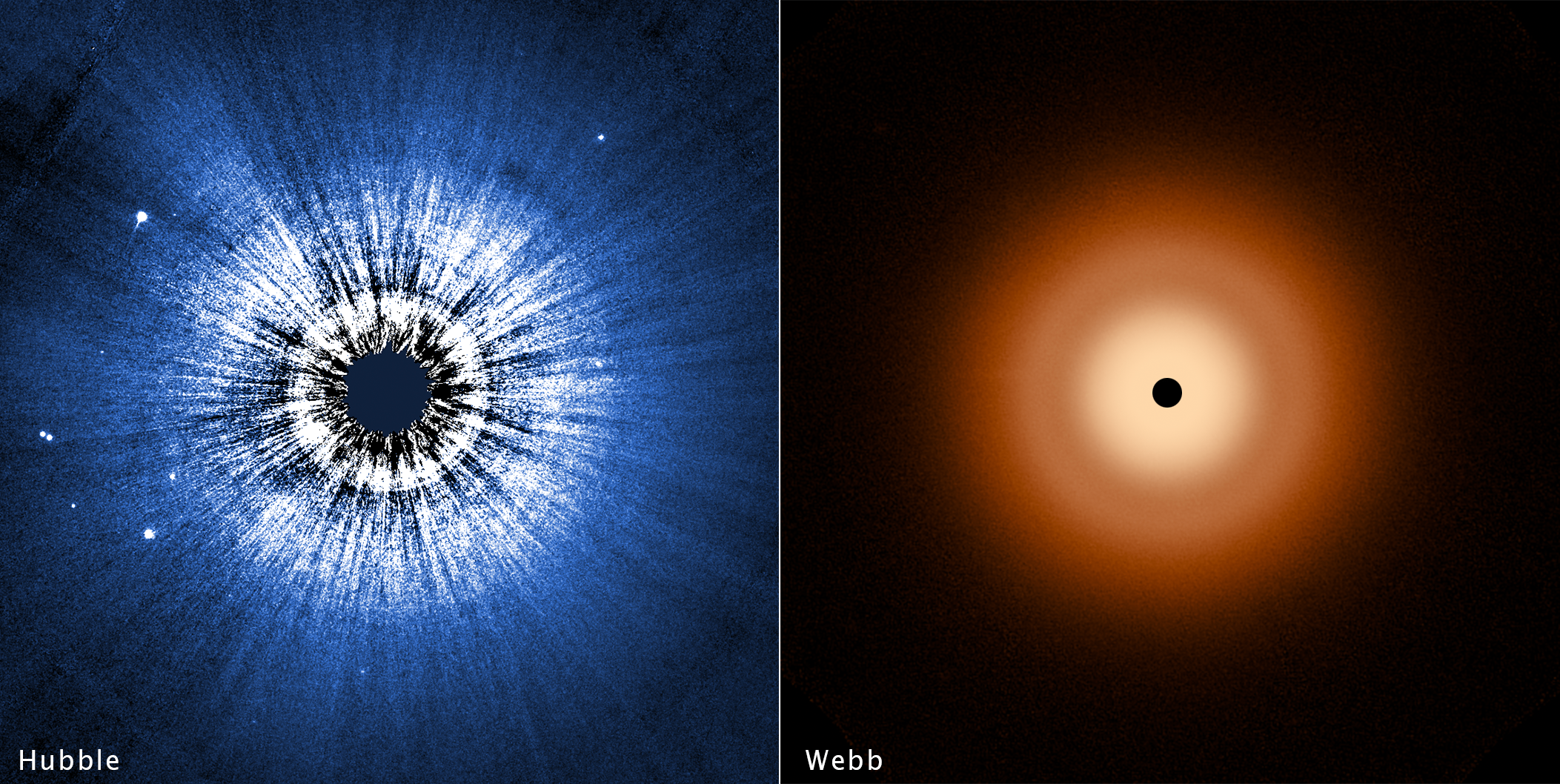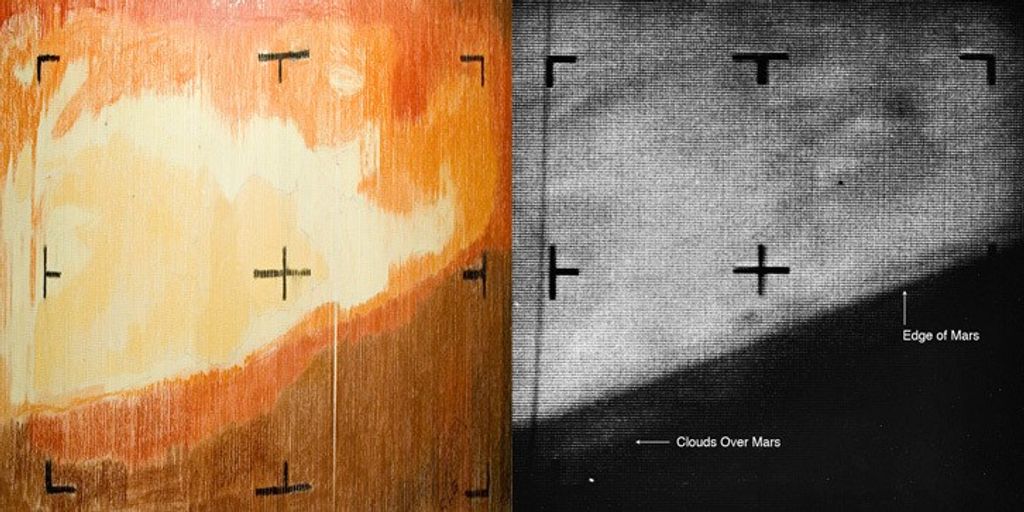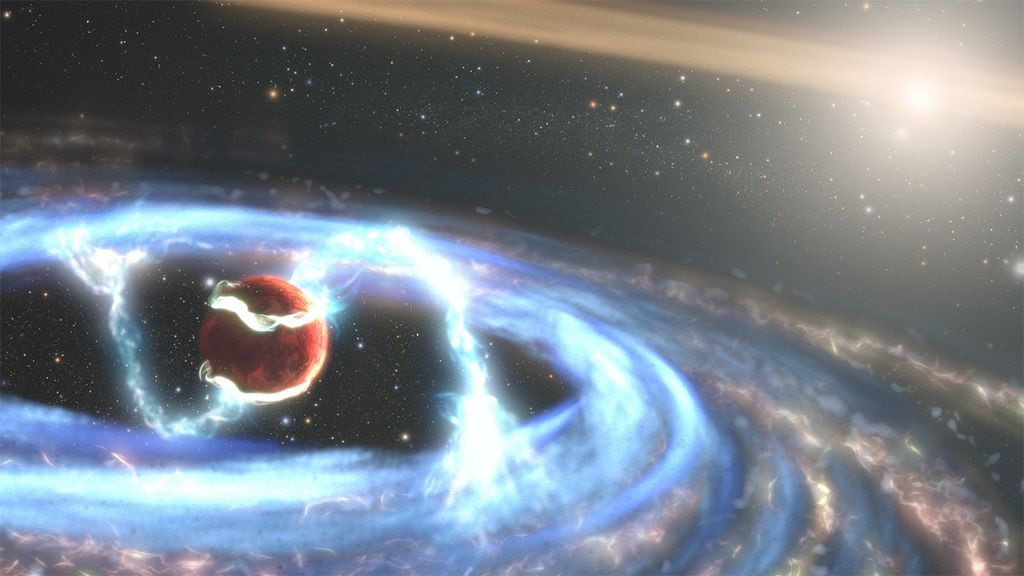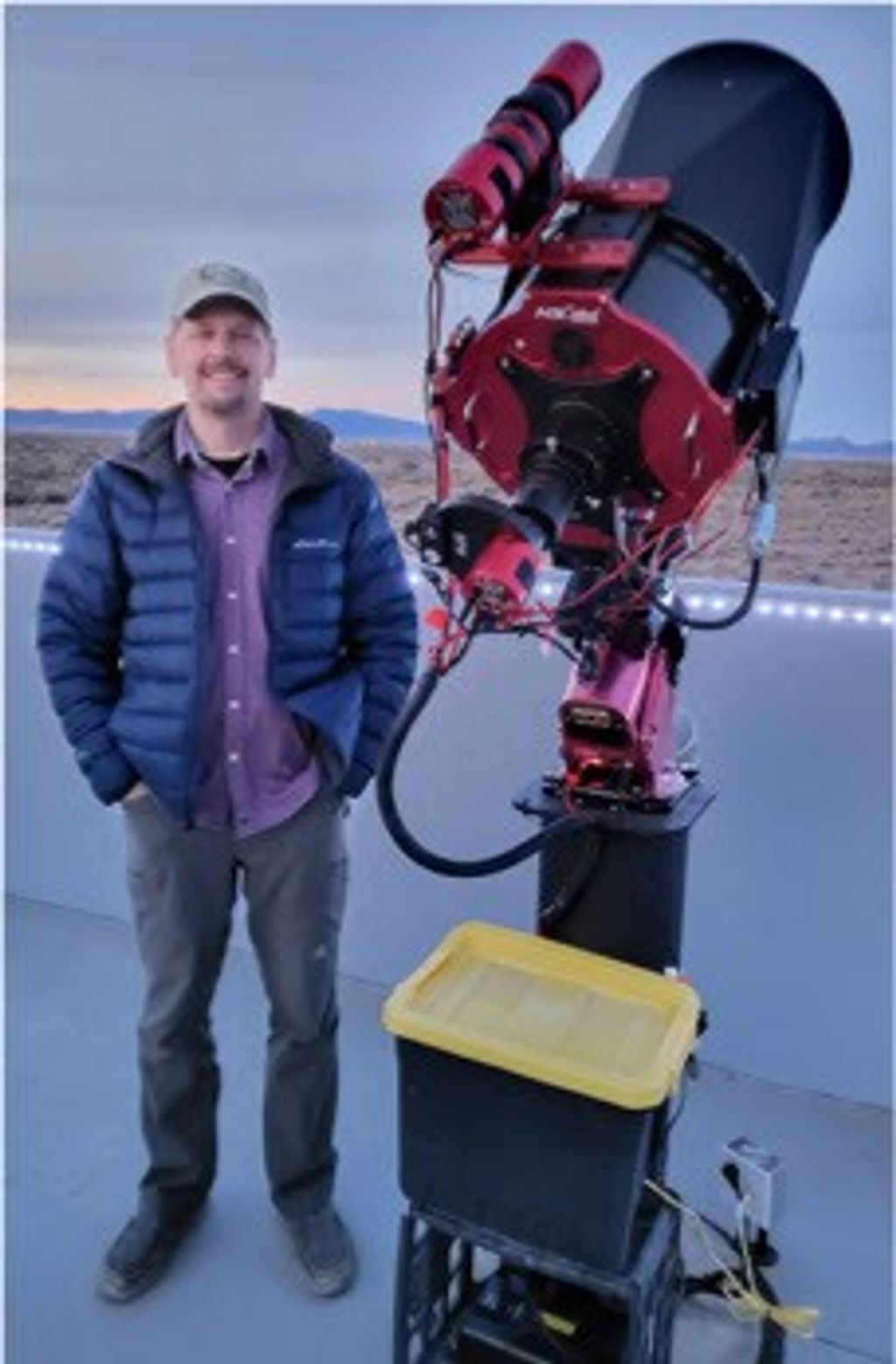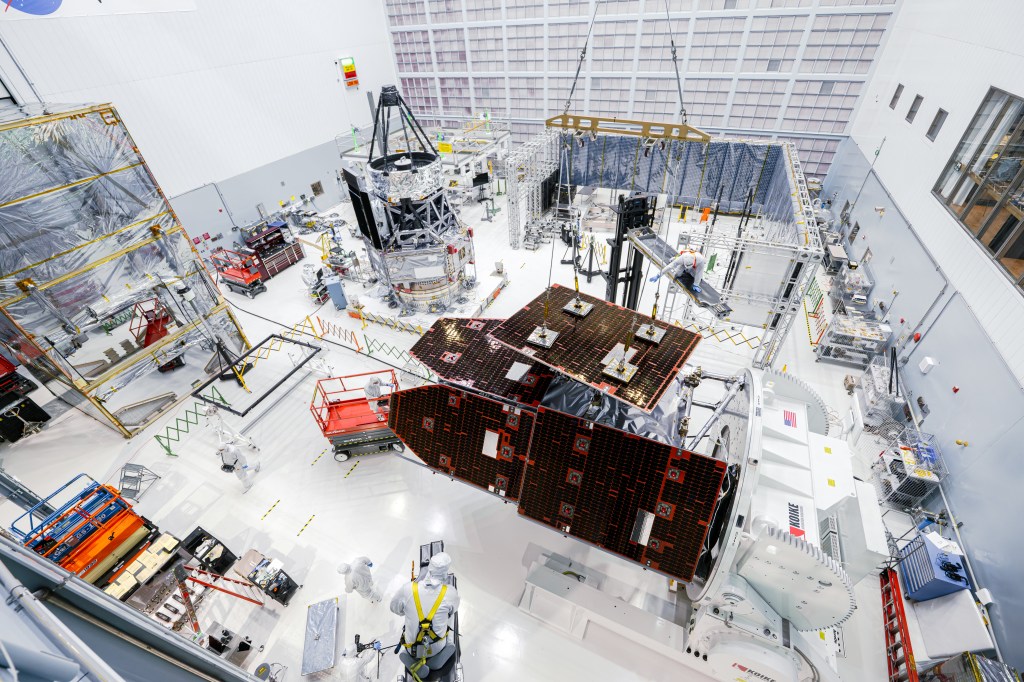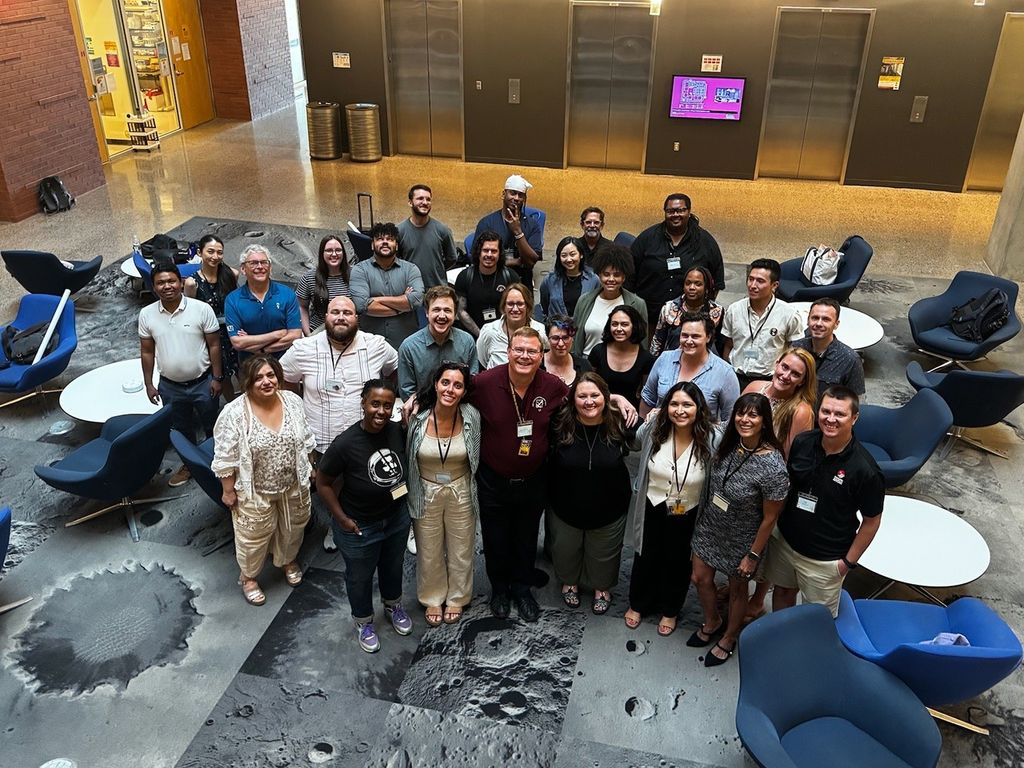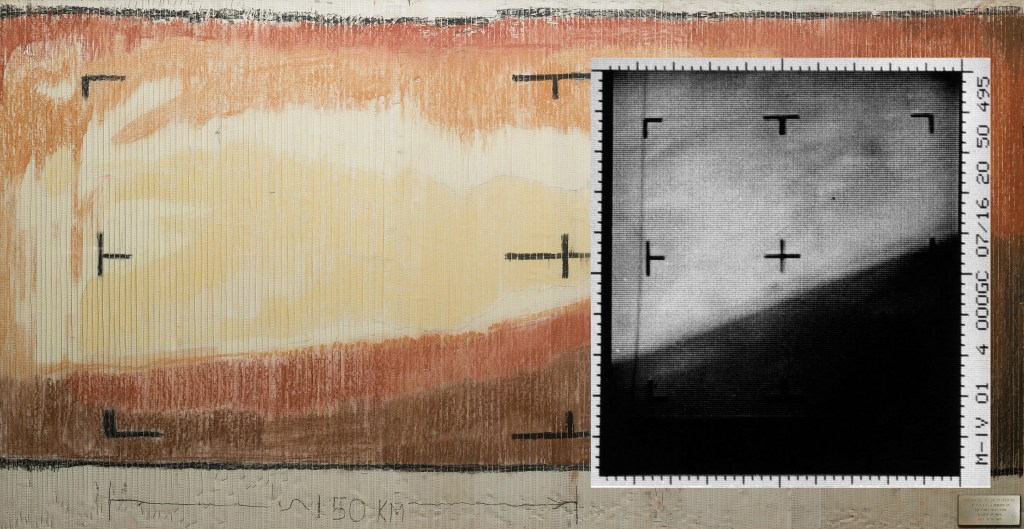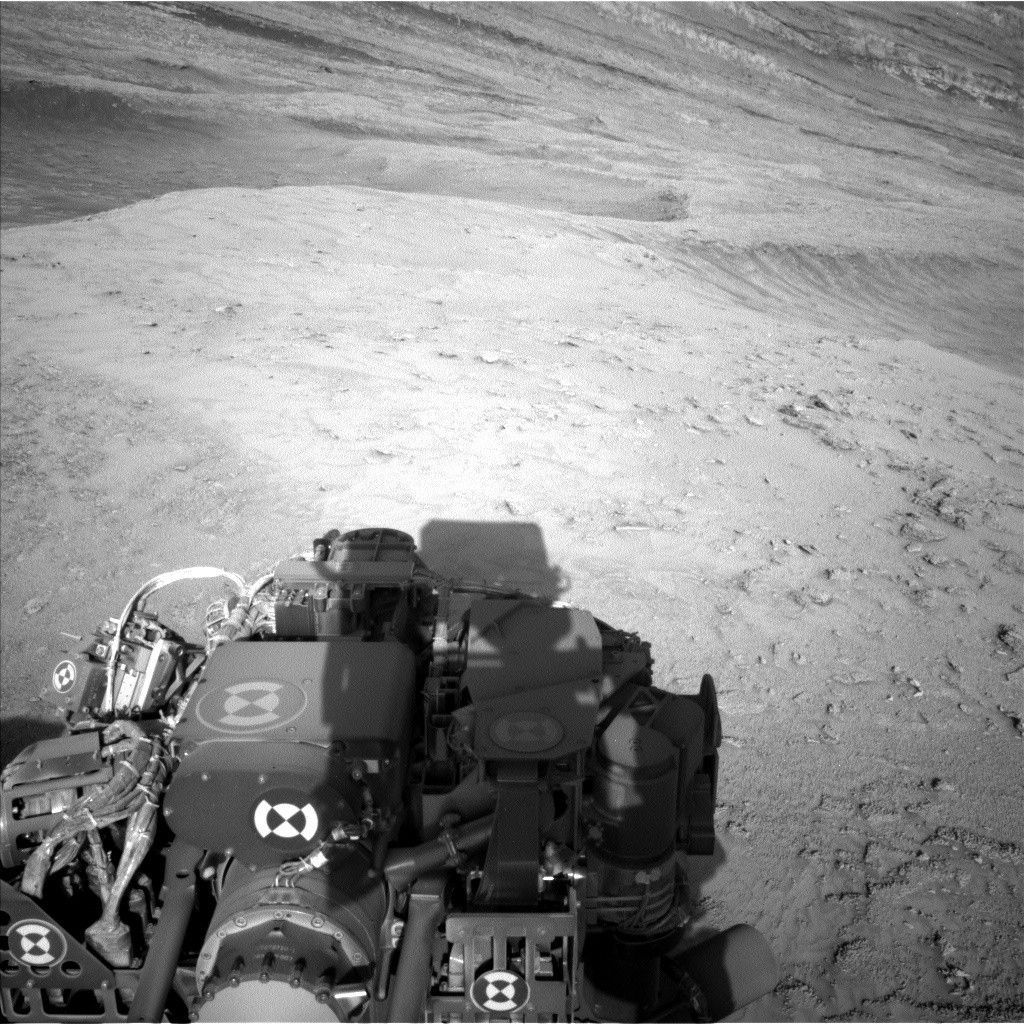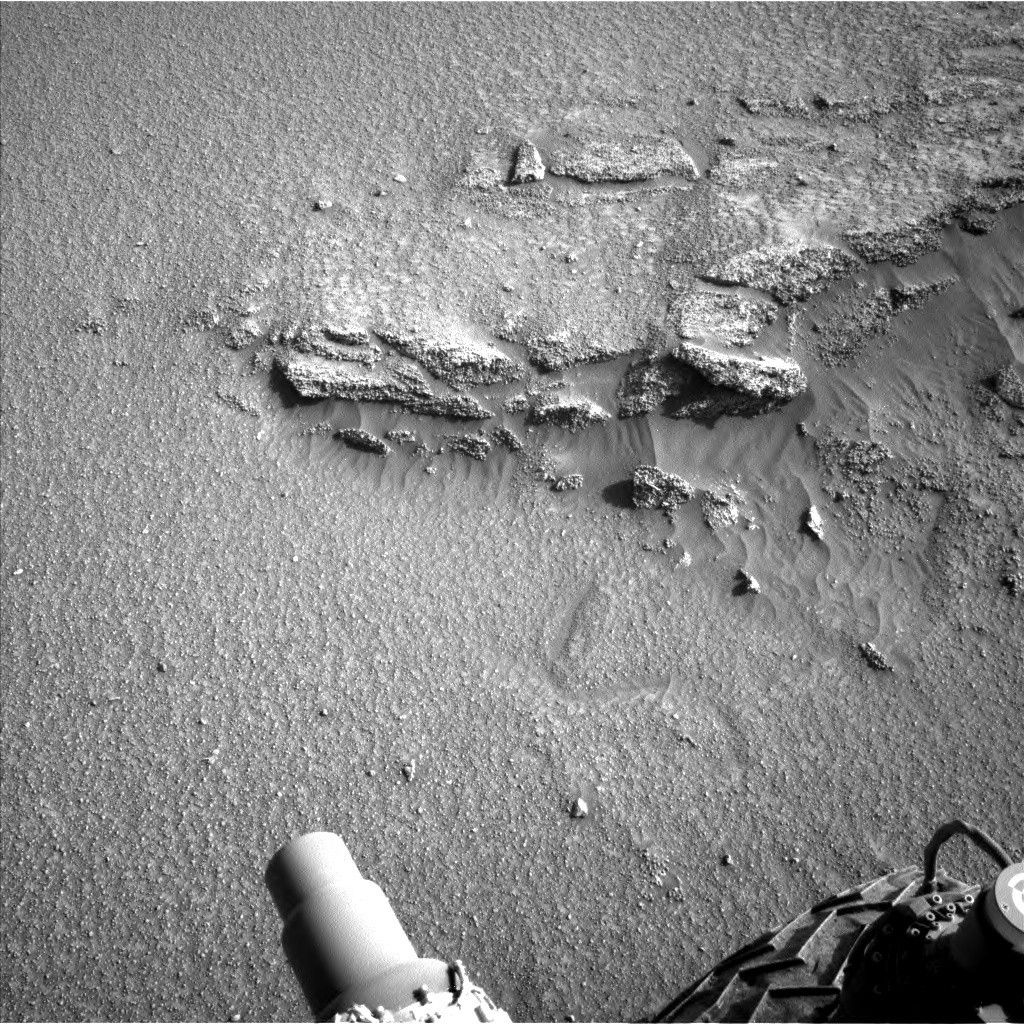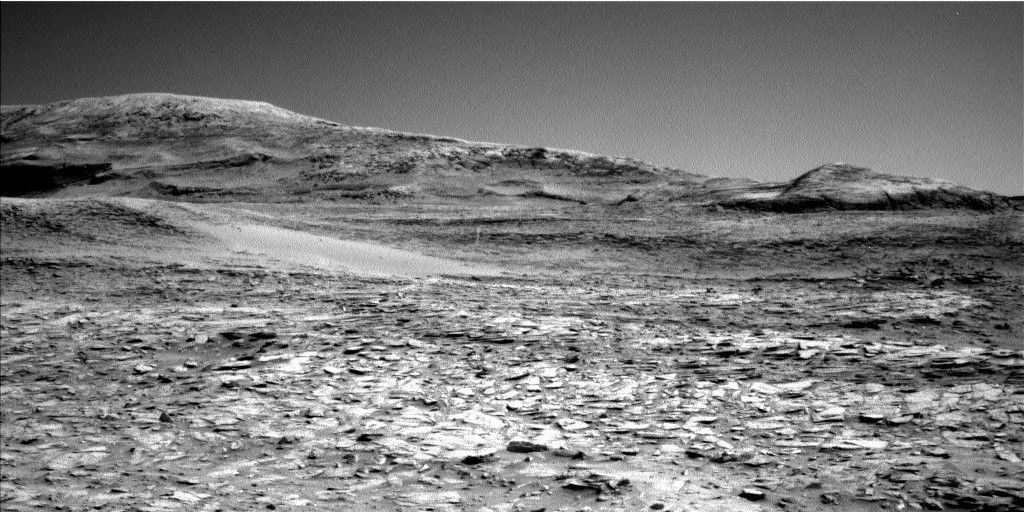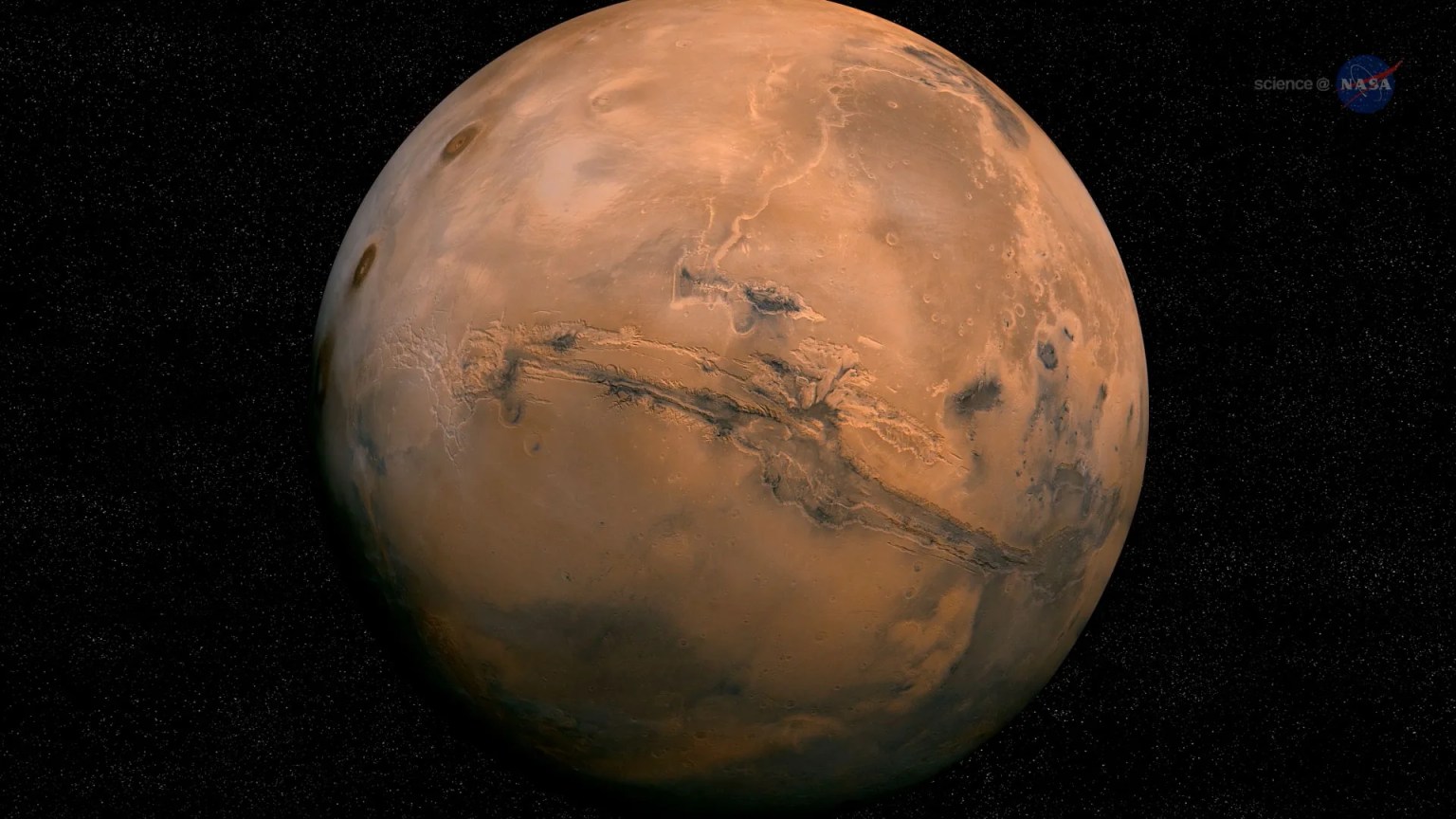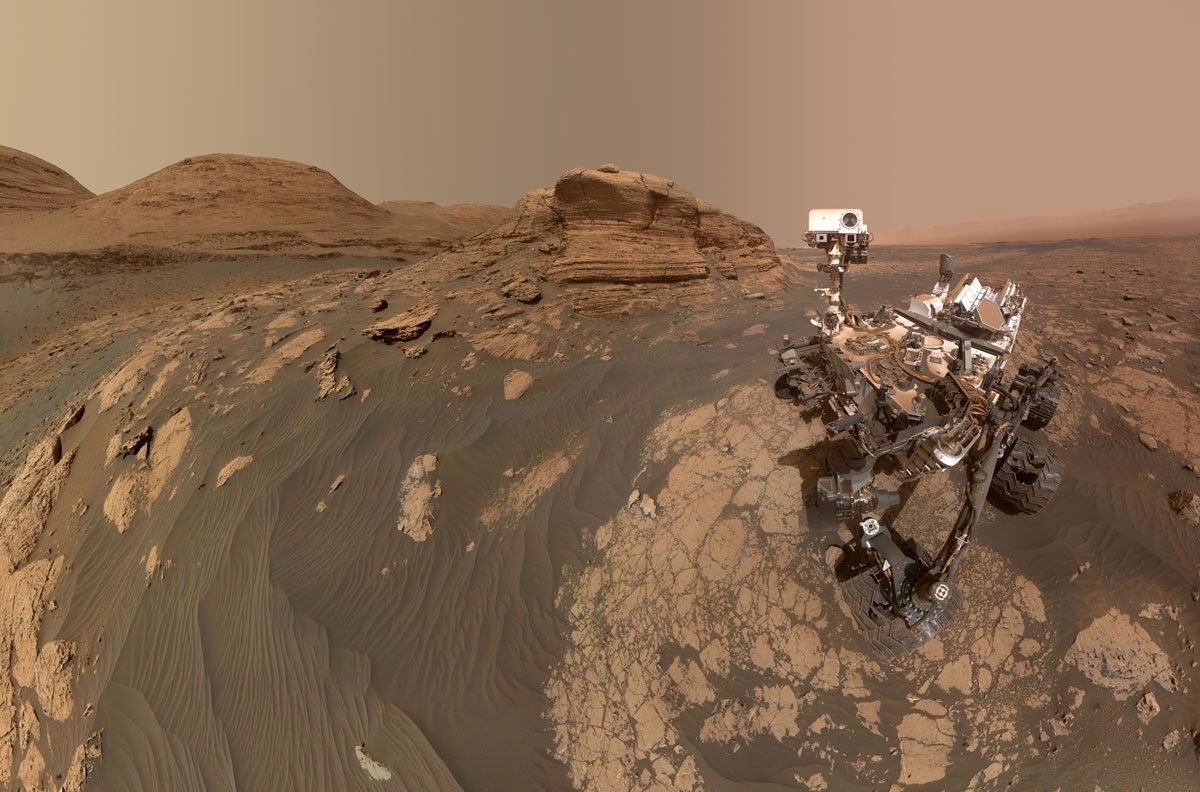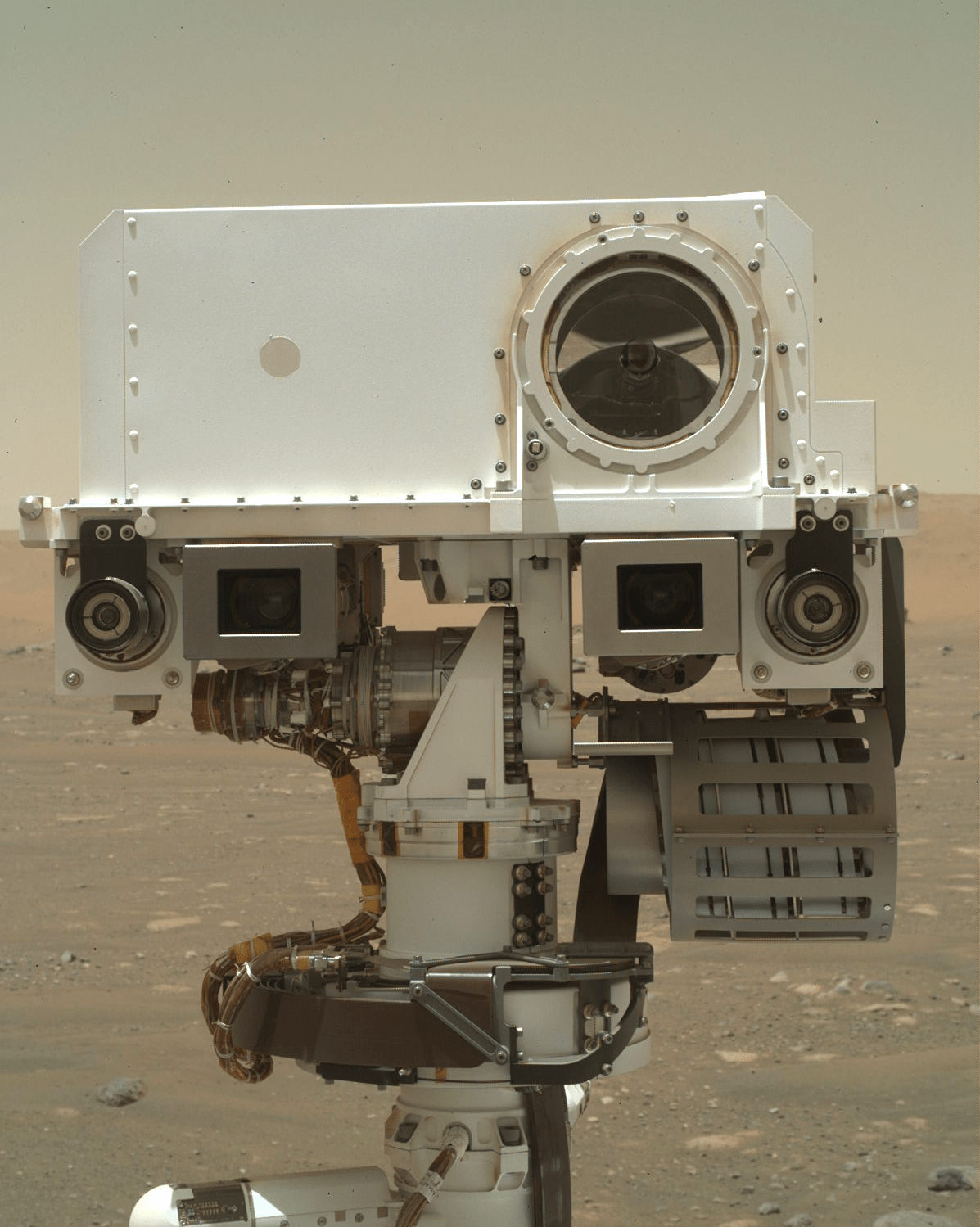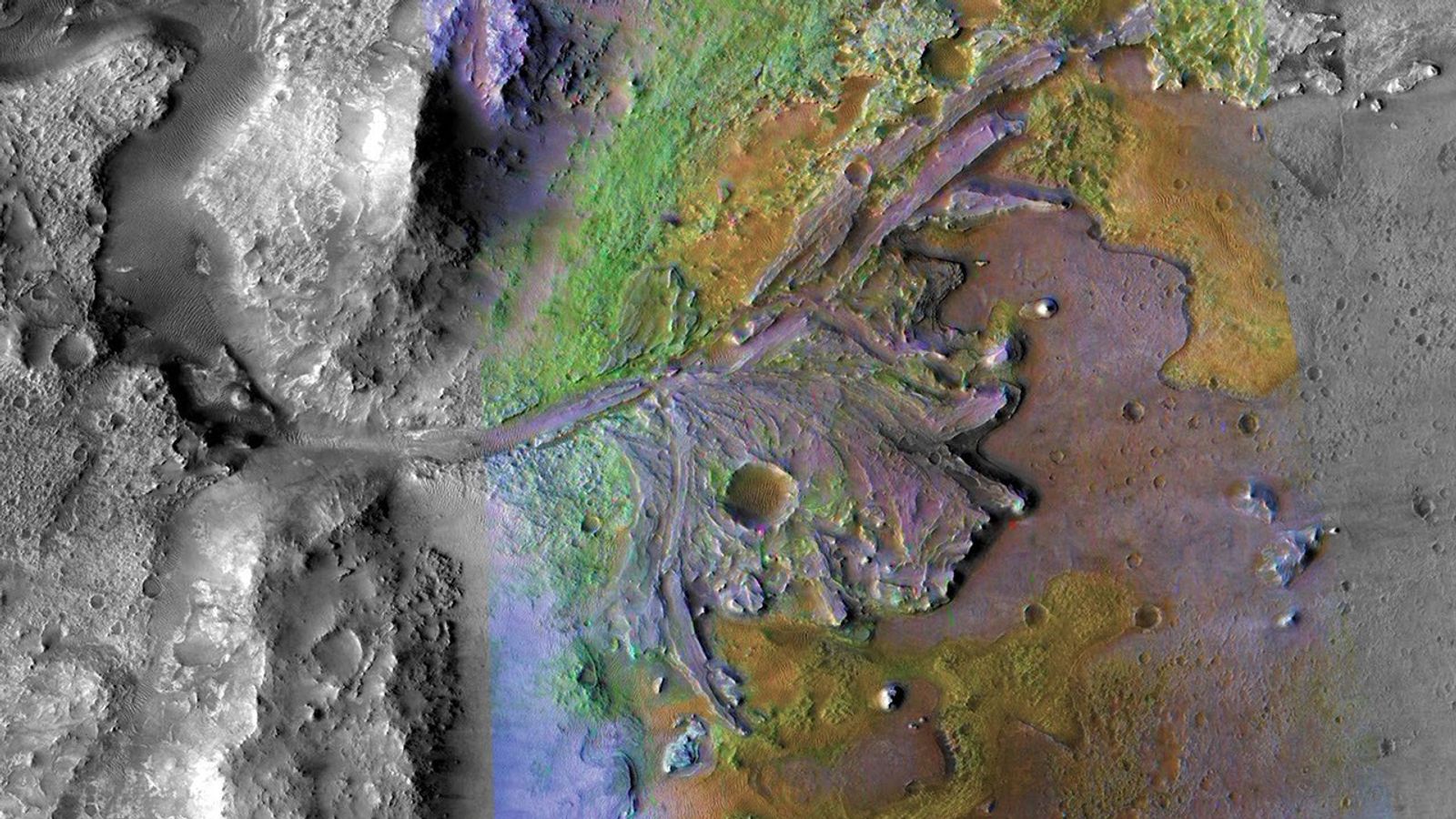The sol 3156 drive went well, leaving the rover on bedrock with lots of dark nodules. So many nodules, in fact, that the smooth bedrock patches between nodules are too small to allow DRT brushing. By removing the brushing activities from the Sol 3158 plan, enough time was freed up to allow APXS integrations on two adjacent nodules named "Bosset." To complement these APXS measurements of the chemical composition of the nodules, ChemCam will fire its laser at a nodule-free patch of bedrock dubbed "Barouffieres." Mastcam will also acquire multispectral images of Bosset, a single image of Barouffieres, stereo observations of vertical exposures of bedrock at "Bassillac" and "Douzillac," and stereo mosaics to examine nearby changes in nodule abundance in the bedrock. Both the ChemCam RMI and Mastcam will image sedimentary structures in Rafael Navarro Mountain, seen near the top of the Front Hazcam image above. Then the rover will drive again toward the southwest and take Hazcam, Navcam, Mastcam and MARDI images from its new location.
On Sol 3159, the Navcams and Hazcams will be used to search for dust devils and clouds, and Mastcam will survey the rover deck and the ground in front of the vehicle. Later in the afternoon, Navcam will survey the sky and the horizon, again searching for clouds and measuring the brightness of the sky. Finally, the rover will take a well-earned nap in preparation for more fun on Sol 3160.
Written by Ken Herkenhoff, Planetary Geologist at USGS Astrogeology Science Center


